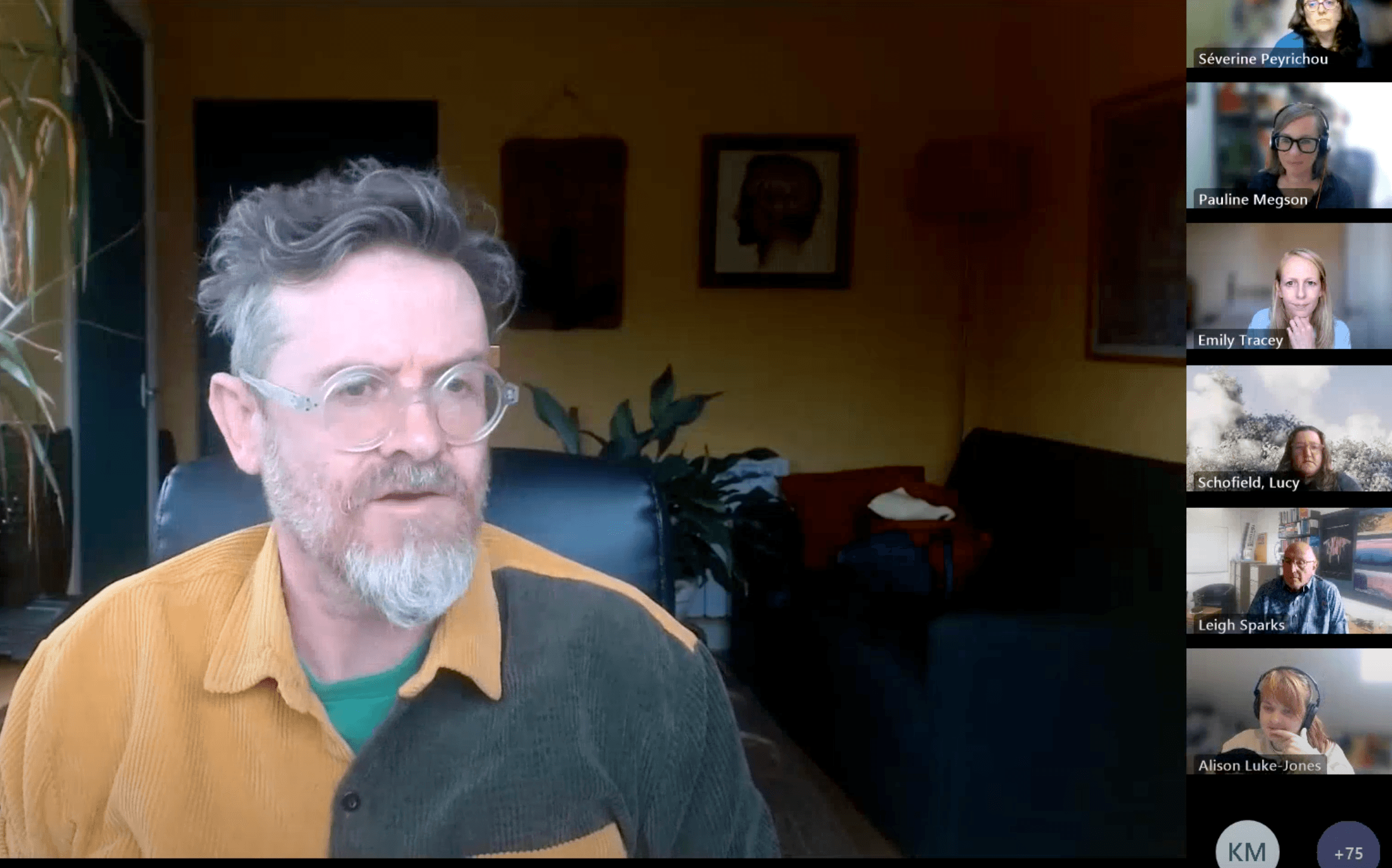
Neil McInroy: The Value of Heritage
This week, I had the pleasure of moderating an EDAS webinar in partnership with Historic Environment Scotland (HES). In my opening remarks, I reflected on how many of us have enjoyed and appreciated the remarkable properties and collections under HES’s care, from iconic sites like Edinburgh Castle, through to the precious national aerial photography archive, to the prehistoric sites at Kilmartin Glen in Argyll.
The scale and richness of these assets is extraordinary: 336 properties, 60,000 collections, and over 600,000 archive objects. These are not just historical artefacts, they are living, shared resources that shape Scotland’s culture, identity, and sense of place. As William Faulkner famously said, “The past is not dead. It is not even past.” This reminds us that history is not distant or sealed off, it continues to shape and influence our present in profound ways.
From an economic development perspective, Scotland’s heritage is not only invaluable, it is economically powerful. HES managed properties attract millions of visitors annually, generating nearly £1 billion for Scotland’s economy and supporting over 20,000 full time equivalent jobs. These benefits are felt across all 32 local authority areas, sustaining local economies, especially in rural and remote regions.
Heritage tourism supports employment in hospitality, retail, transport, and recreation. Investment in estate conservation sustains traditional skills and the construction sector. But the value of heritage goes far beyond economics: it contributes to wellbeing, education, biodiversity, skills development, and community self worth, all vital ingredients of a resilient, inclusive economy.
In the context of Scotland’s heritage and Community Wealth Building, these historic assets are not relics of the past, they are active components of local identity, economic potential, and community empowerment. As forms of common wealth held in trust for the public good, they carry stories, values, and lessons that can inform how we build fairer, more resilient economies rooted in place. They offer a powerful platform for retaining wealth locally, democratising ownership, and strengthening place identity, bringing Community Wealth Building into sharp focus.
As HES’s emerging strategy makes clear, we must move toward sustainable stewardship, embracing climate resilience, democratic participation, and community wealth building. Scotland’s historic environment represents 5,000 years of knowledge and innovation. It holds immense economic value, but it also offers a blueprint for living more sustainably, more equitably, and more connected to place.
Neil McInroy is chair of the Economic Development Association Scotland (EDAS) and global lead for community wealth building at The Democracy Collaborative